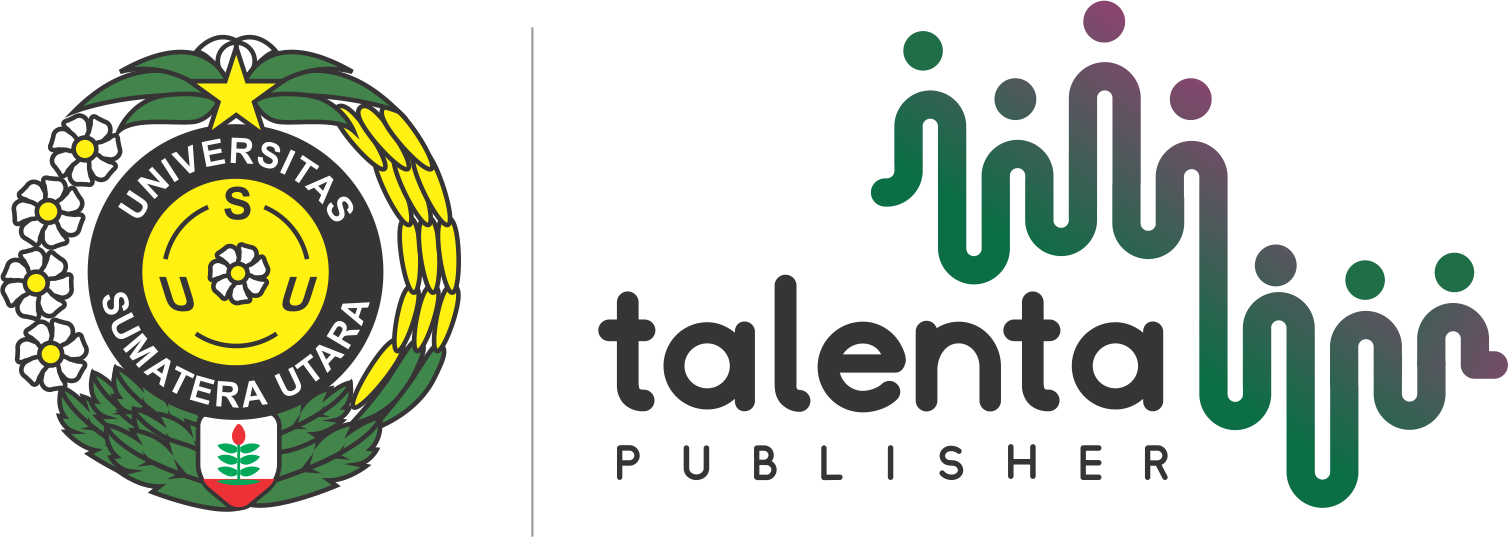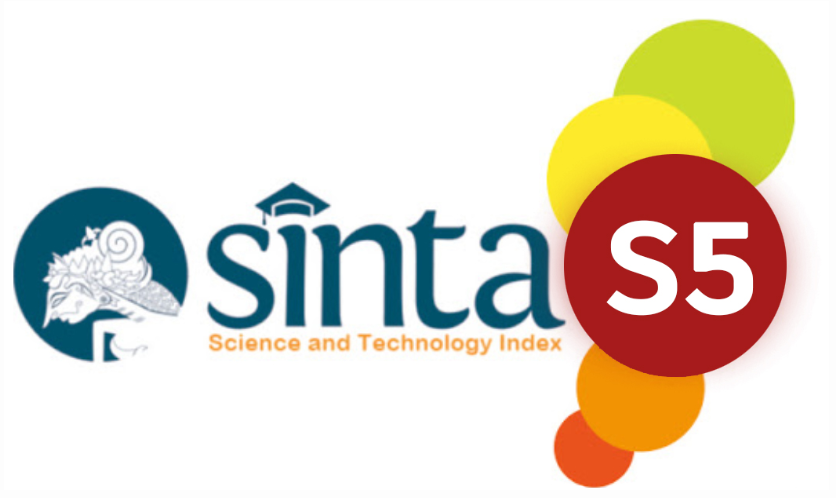Glucose to Complications: Understanding Secondary Effects in Diabetes Mellitus
DOI:
https://doi.org/10.32734/sumej.v7i2.15998Keywords:
diabetes mellitus, hyperglycemia, macrovascular, microvascular, secondary complicationsAbstract
Background: Diabetes Mellitus (DM) is a complex metabolic disorder characterized by persistent hyperglycemia, impacting millions globally. While glucose control is central to its management, understanding secondary complications is crucial for comprehensive care. Objective: This paper explores the intricate relationship "From Glucose to Complications" in DM, elucidating the pathophysiological mechanisms and organ system involvement. Methods: This paper emphasizes preventive strategies and holistic management approaches to mitigate complications. Results: Microvascular complications encompass diabetic retinopathy, nephropathy, and neuropathy, each posing significant morbidity and mortality risks. Macrovascular complications, including atherosclerosis and stroke, contribute substantially to cardiovascular morbidity in diabetic individuals. Metabolic derangements such as dyslipidemia and obesity further exacerbate the risk profile. Endocrine disturbances, neurological sequelae, and cognitive impairments represent additional burdens in DM management. Conclusion: effective management of Diabetes Mellitus (DM) and its associated complications necessitates a multifaceted approach encompassing glycemic control, lifestyle interventions, and pharmacological therapies.
Downloads
References
Prabhakar PK, Doble M. Mechanism of action of natural products used in the treatment of diabetes mellitus. Chin J Integr Med. 2011;17:563-74.
Cole JB, Florez JC. Genetics of diabetes mellitus and diabetes complications. Nat Rev Nephrol. 2020;16(7):377-90.
American Diabetes Association. Diagnosis and classification of diabetes mellitus. Diabetes Care. 2014;37(Suppl 1):S81-90.
Ta S. Diagnosis and classification of diabetes mellitus. Diabetes Care. 2014;37(1):81-90.
Yefet E, Bar L, Izhaki I, Iskander R, Massalha M, et al. Effects of probiotics on glycemic control and metabolic parameters in gestational diabetes mellitus: systematic review and meta-analysis. Nutrients. 2023;15(7):1633.
Kumar A, Gangwar R, Zargar A, Kumar R, Sharma A. Prevalence of diabetes in India: a review of IDF diabetes atlas 10th edition. Curr Diabetes Rev. 2024;20(1):105-14.
Roden M, Petersen KF, Shulman GI. Insulin resistance in type 2 diabetes. In: Textbook of Diabetes. p. 238-49.
Zahedi M, Kordrostami S, Kalantarhormozi M, Bagheri M. A review of hyperglycemia in COVID-19. Cureus. 2023;15(4). Available from: https://doi.org/10.7759/cureus.37002.
Machado RS, Mathias K, Joaquim L, de Quadros RW, Rezin GT. From diabetic hyperglycemia to cerebrovascular damage: a narrative review. Brain Res. 2023;148611.
Raut SK, Khullar M. Oxidative stress in metabolic diseases: current scenario and therapeutic relevance. Mol Cell Biochem. 2023;478(1):185-96.
Downloads
Published
How to Cite
Issue
Section
License
Copyright (c) 2024 Sumatera Medical Journal

This work is licensed under a Creative Commons Attribution-ShareAlike 4.0 International License.
The Authors submitting a manuscript do so on the understanding that if accepted for publication, copyright of the article shall be assigned to Sumatera Medical Journal (SUMEJ) and Faculty of Medicine as well as TALENTA Publisher Universitas Sumatera Utara as publisher of the journal.
Copyright encompasses exclusive rights to reproduce and deliver the article in all form and media. The reproduction of any part of this journal, its storage in databases and its transmission by any form or media, will be allowed only with a written permission from Sumatera Medical Journal (SUMEJ).
The Copyright Transfer Form can be downloaded here.
The copyright form should be signed originally and sent to the Editorial Office in the form of original mail or scanned document.











